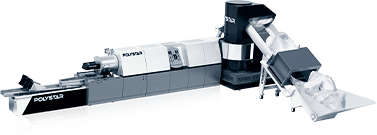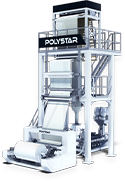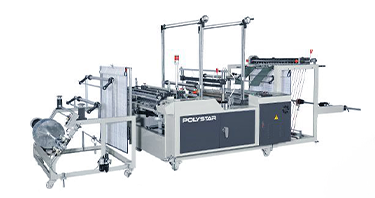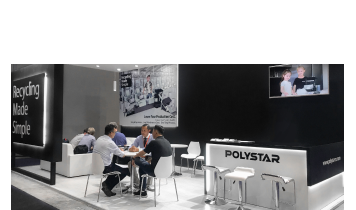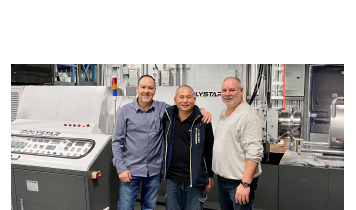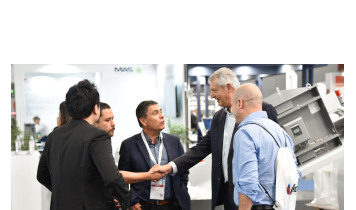We use cookies and other tracking technologies to improve your browsing experience on our website, By clicking "Accept All," you agree to allow cookies to be placed to enhance your browsing experience on this website to show you personalized content and targeted ads, to analyze our website traffic, and to understand where our visitors are coming from. You can manage your cookie settings below. Clicking "Confirm" indicates your agreement to adopt the current settings.
5 Tips to Increase Efficiency in Plastic Recycling Process
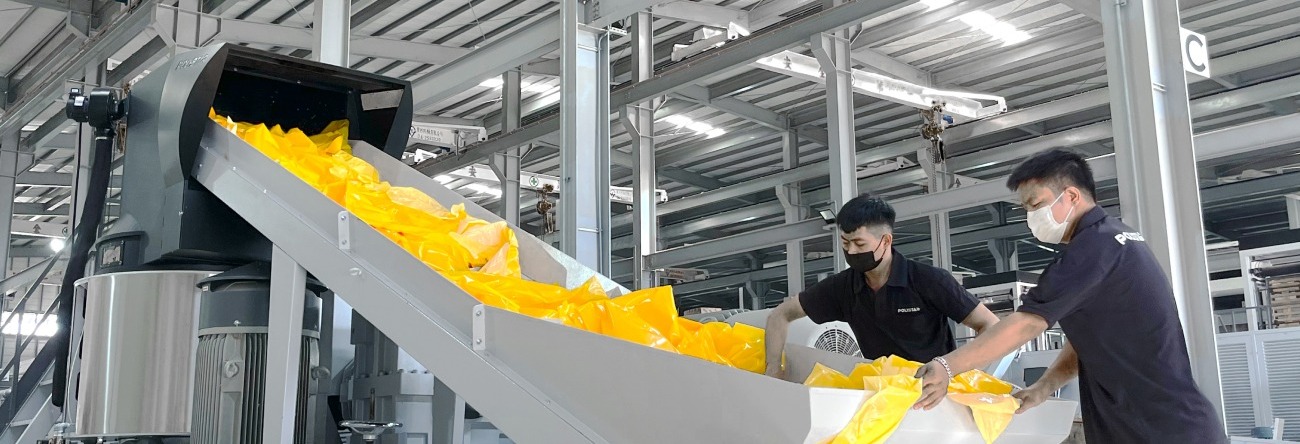
In parallel with the increase in the consumption of plastics, driven by economic development and population growth, global plastic waste is projected to triple by 2060 based on OECD reports. Increasing plastic recycling efficiency is one of the major keys to returning more plastic waste to production lines as a valuable recycled polymer. Here we have listed 5 tips to increase efficiency in the plastic recycling process.
1. Sorting recyclables
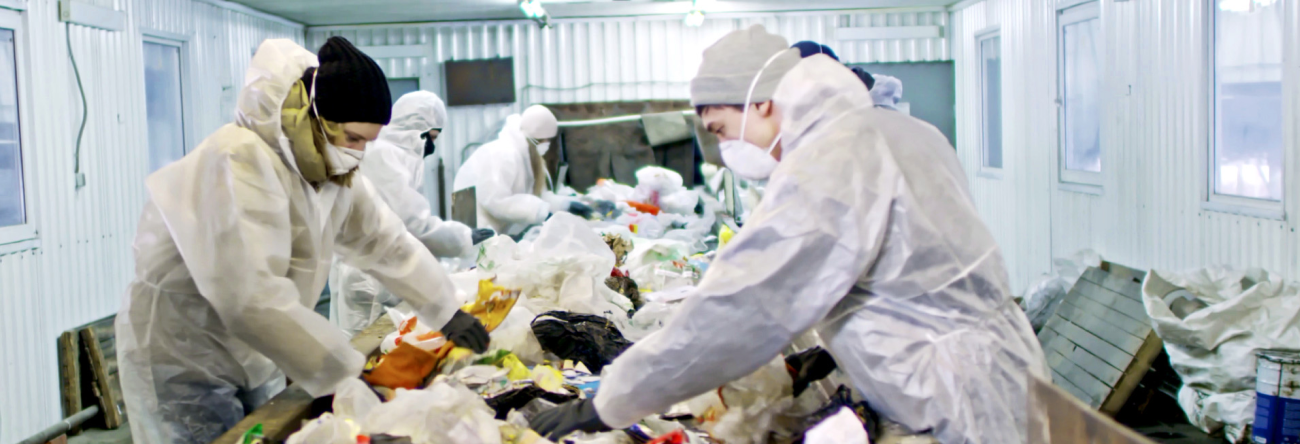
2. Integrated machine design
POLYSTAR’s easy-to-use integrated machine designs allow the combination of these different pieces of equipment into one plastic granulator machine. These integrations provide a continuous operation by decreasing operation steps, minimizing labor intervention, and saving time and energy.
-
Cutter compactor integration for PE/PP Film
-
Shredder integration for Raffia, Woven, and Hard-to-grind Materials
3. Consistent feeding of the plastic waste
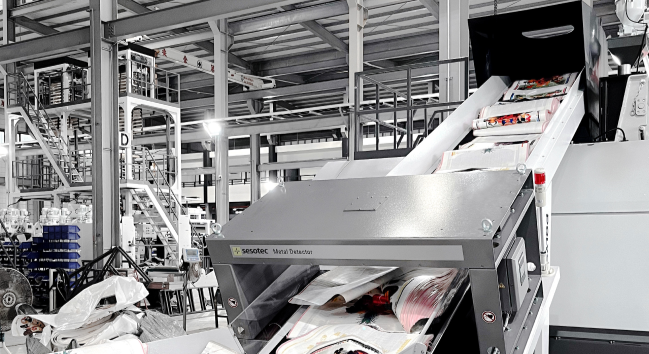
Consistent material feeding in the plastic recycling process is one of the keys to higher pellet output, hence for the recycling efficiency. It also eliminates the machine downtime caused by over-feeding or insufficient feeding.
POLYSTAR solves inconsistent feeding problems with feeding optimization. For instance, the auto-controlled belt conveyor’s feeding speed is synchronized with the cutter compactor ( on the Repro-Flex model ) and shredder ( on the Repro-One model ) of the plastic granulator machines, based on their loading.
4. Automated smart recycling systems
- Dual channel filter system for screen changing without stopping the machine
- Back-flush filter system for automatic melt waste discharging
- Third-party filter systems integration for a more advanced post-consumer recycling
- Auto-adjustment of pelletizing knife speed and pressure for having uniform size and shape pellets, eliminating material loss
- PLC control system with HMI upgrade for efficiently performing many different tasks including online troubleshooting, automatic pre-heating, parameter optimization with cloud IP control, etc.
5. Simple and easy-to-maintain machine design
Therefore, POLYSTAR focuses on manufacturing operator-friendly plastic granulator machines through continuous re-engineering. This is the reason why POLYSTAR is so popular in the market today.
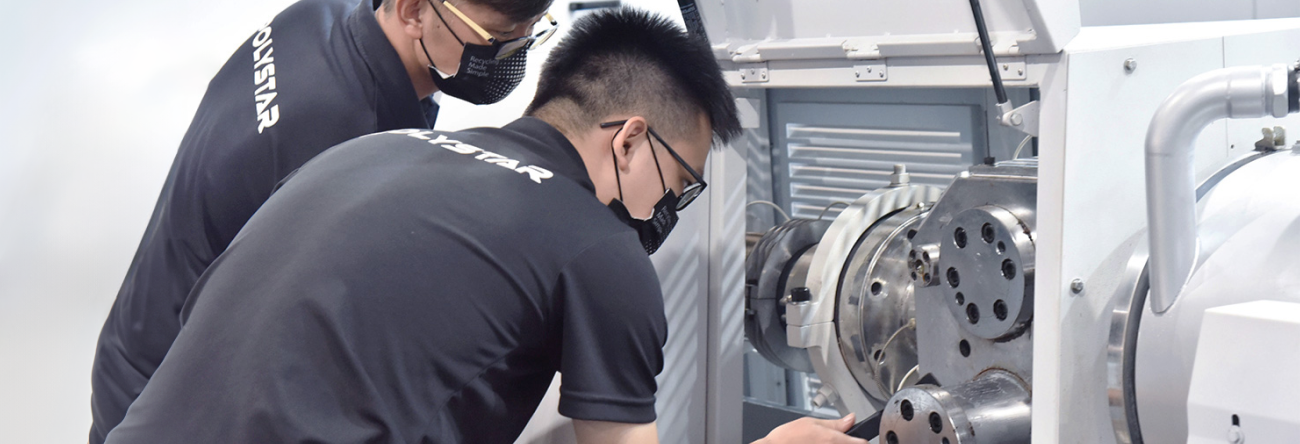
Conclusion
Achieving higher recycling efficiency is one of the crucial keys to returning more waste plastics back to production lines. Because higher efficiency in the recycling process refers to achieving high quality and high reusability recycled pellets with lower cost and minimum material loss.
Once the quality and reusability of the recycled pellets obtained from the plastic waste are high, this allows using less virgin polymers, which is more costly, in plastic production. Thus, economic benefits and environmental benefits can be achievable at the same time.
For long-term plastic recycling efficiency, investing in the right plastic granulator machine for your needs plays a very important role. Whether you are a professional plastic recycler or a producer who wants to recycle your plastic production wastes, POLYSTAR has a ‘Simple’ solution for you.
We’ll help you to find a simple solution for your plastic waste. Contact us.
About the Author
Resul Gökpınar
International SalesResul creates up-to-date content based on his experience, gained by solving customers' problems in Turkey and the EMEA market.




